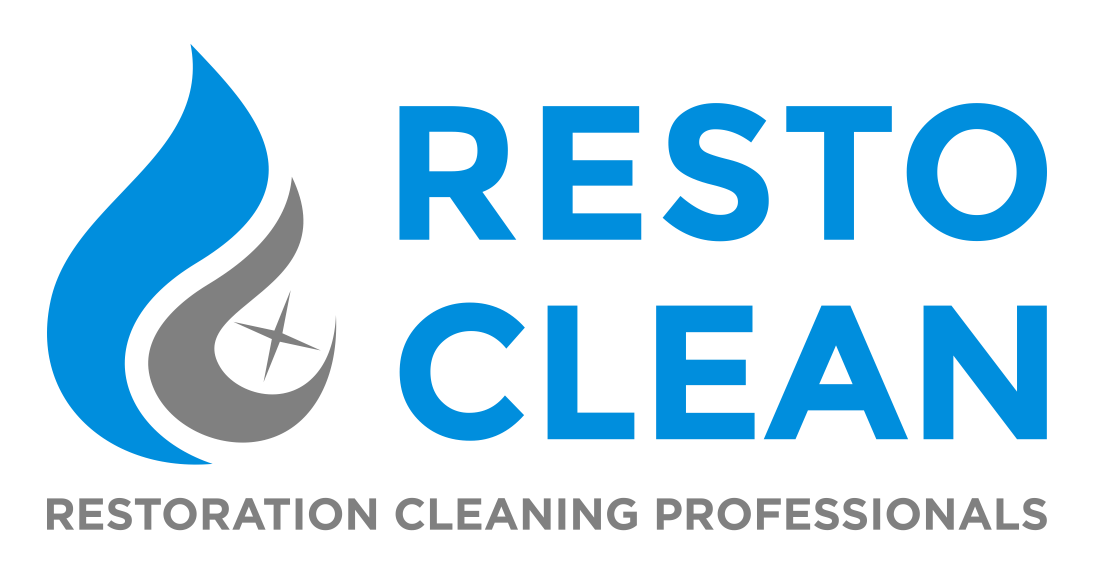Winter Plumbing Prep: Shielding Your Home's Plumbing Against the Chill
Winter Plumbing Prep: Shielding Your Home's Plumbing Against the Chill
As winter arrives, your home's plumbing system becomes particularly vulnerable to freezing temperatures. Without proper preparation, pipes can burst, causing extensive damage and headaches. In this comprehensive guide, we'll explore essential steps to ensure your home's plumbing is ready for winter, safeguarding your property and peace of mind.
Understanding the Winter Threat: Cold temperatures can cause water inside pipes to freeze, leading to pipe bursts and water damage. Preparation is key to avoiding these issues.
Winter Plumbing Preparedness Steps: Taking proactive measures to winterize your plumbing system can save you from costly repairs and inconveniences:
1. Insulate Exposed Pipes: Wrap exposed pipes with insulation sleeves or foam. Pay attention to pipes in unheated areas like attics, basements, and crawl spaces.
2. Seal Cracks and Gaps: Seal any gaps or cracks in your home's foundation, walls, and around pipes. Use caulk or insulation to prevent cold air from entering.
3. Disconnect Outdoor Hoses: Disconnect and drain outdoor hoses. Store them indoors to prevent water from freezing and causing damage.
4. Insulate Outdoor Faucets: Cover outdoor faucets with faucet covers to protect them from freezing temperatures.
5. Let Faucets Drip: On extremely cold nights, allow faucets to drip slightly. Moving water is less likely to freeze.
6. Set Thermostat: Keep your home's indoor temperature consistent, even when you're away. A slightly warmer interior helps prevent freezing.
7. Drain Sprinkler Systems: If you have an irrigation system, drain it completely to prevent freezing and damage.
8. Inspect Water Heater: Check your water heater for any signs of leaks or corrosion. If necessary, consider insulating it to conserve energy.
9. Know the Shut-Off Valve Locations: Familiarize yourself with the locations of shut-off valves for your water supply. In case of emergencies, you can quickly cut off water flow.
10. Hire Professionals: If you're unsure about winterizing your plumbing, consult professionals. Plumbers can help ensure your system is properly prepared.
Post-Winter Tips: After winter, don't forget these essential steps:
1. Thawing Frozen Pipes: If you experience frozen pipes, carefully thaw them using warm towels or a hairdryer. Never use an open flame.
2. Inspect for Leaks: After the thaw, inspect your pipes for leaks. Address any issues promptly.
3. Gradually Increase Heat: If you turned down the thermostat during winter vacations, gradually increase the heat to avoid sudden temperature changes that can stress pipes.
Conclusion: Guarding Against Winter's Chill
Preparing your home's plumbing for winter isn't just about avoiding frozen pipes; it's about protecting your property and ensuring a smooth, stress-free season. By insulating pipes, sealing gaps, and taking preventive measures, you're safeguarding your plumbing system and preventing potential water damage. Winter-ready plumbing means peace of mind, no matter how cold it gets outside.
